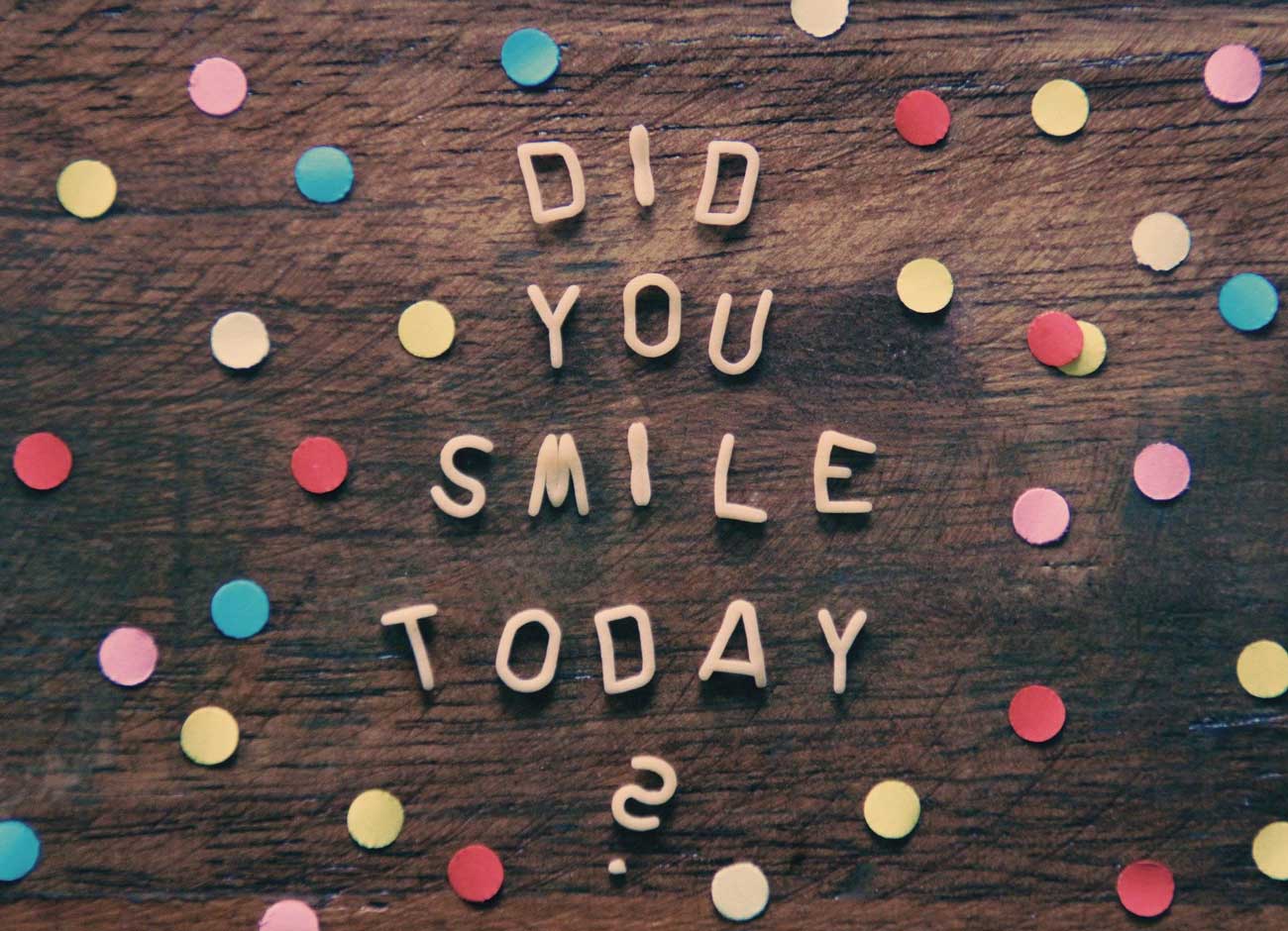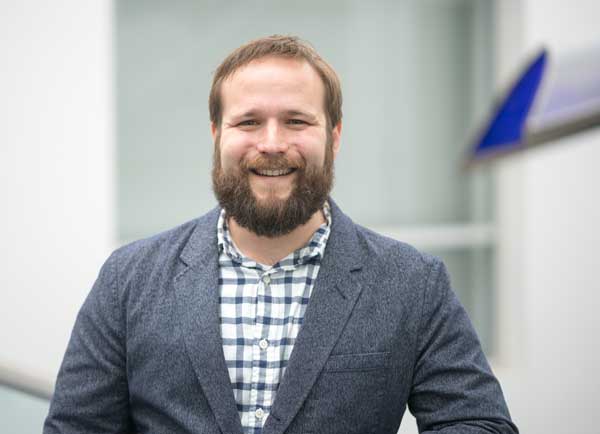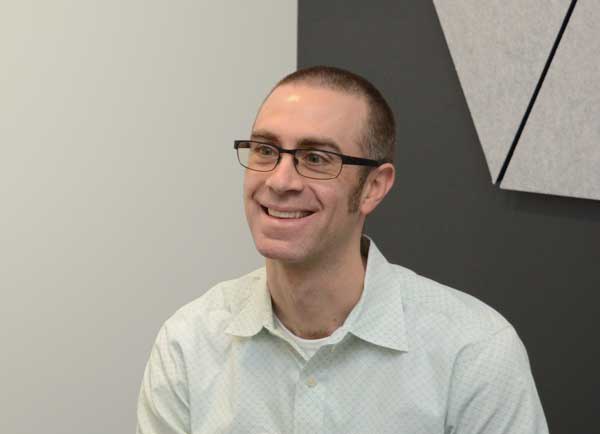The Rise of Mental Health Technology

Most of us experience a strain on our mental health these days.
Many of us have experienced disrupted sleep, limited exercise, and little to no change of scenery from day to day. And the windows to the outside world are often filled with distress over which we feel little control. Some of us are even dealing with a loss of job security or health. It may feel overwhelming to begin traditional therapy now, even though many of us need mental health support more than ever. There may be easy way to start.
For over a decade, Michael Levin and Michael Twohig, psychology professors in the Emma Eccles Jones College of Education and Human Services, have studied how online and remote health interventions can be used by patients to alleviate mental health suffering. They translated the skills that clients typically learn in traditional, therapist-guided acceptance and commitment therapy (ACT) into an online self-help format so that people can learn at their own pace in the privacy of their homes. Since its release last year, over 1,600 people worldwide have used it. It was so successful, they recently launched a pilot version for adolescents 12-17. In this extraordinary time of the COVID-19, online tools or telehealth can be excellent supports.
Does COVID-19 have you feeling anxious? Mike Levin explains how to manage it.
How can we alleviate mental distress during the pandemic?
First, recognize that feeling distress is a signal telling us things are not right, and we should use that signal for what it is. Think of it like a fire alarm. When the fire alarm goes off, you don’t blame the alarm—instead, you look for the cause. We need to treat our mental health the same way. Our alarm is going off because something is wrong, so this is actually good news—it means the system is functioning properly. Focusing on making thoughts and feelings go away is not productive.
After we realize that our signal is working well and that we are sad or anxious or afraid, what’s our next step?
Practice normalizing those reactions and then re-engage with the things that are meaningful to you in a way that is safe. Don’t push those feelings away—but bring them with you as you come back to meaningful things that you want to reconnect with but may need to in a different way. For example, identify what is meaningful to you about social interactions and figure out how to bring that into your life safely. What is a new way to get to “curiosity” or “invention” or “adventure” or “connection?” Have really curious, creative conversations and connect with people.

Our minds evolved to keep us safe; not to keep us happy and content and living a meaningful life. Our minds are very skilled at finding danger, so sometimes we get stuck when we feel sad and anxious, because sadness and anxiety seem dangerous to us. When the internal cues are telling us something isn’t right, and we need to normalize that. ACT helps us practice that.
Mike Levin
Are Zoom calls helpful?
In the right circumstances, video calls can be just what we need, especially if it’s a call with our therapist. But many of us are experiencing Zoom fatigue. It can feel invasive because we have to deal with impression management (the way we come across and look). It can be helpful to turn your camera off and to make sure others in your group feel permission to turn theirs off. It is a cause of burnout for many people. As humans, we lose the variability we need when we see the same platform day after day—the same chair, the same screen. Humans need variety.
Shouldn’t we be happy to see each other?
With in-person interactions, we don’t all arrive at the same time, so we naturally connect and socialize and goof off a little. With Zoom, we lose those small but critical moments of interaction. In Zoom meetings, there is no chit-chat or small talk in little groups. There is a hard beginning, a hard ending, and only one person talks at a time. We are not used to this, and these new environments are not giving us what we need. Mental burn out during a pandemic is a common and serious issue. Be mindful of this, and work to improve things for our groups. Meet with people you enjoy talking to, and save time to chat or have social moments at the beginning or end of meetings.
Why aren’t we getting used to this?
If we focus always on getting used it, not stressing, and being happy, that won’t lead to success. During this pandemic, most of us have become more isolated and we are constantly feeling unsafe—our world has changed and is no longer set up in the way it’s supposed to be. Interestingly, our minds evolved to keep us safe; not to keep us happy and content and living a meaningful life. Our minds are very skilled at finding danger, so sometimes we get stuck when we feel sad and anxious, because sadness and anxiety seem dangerous to us. When the internal cues are telling us something isn’t right, and we need to normalize that. ACT helps us practice that.
What is ACT Guide at USU and can it improve mental health?
ACT is an evidence-based treatment that has been found to be effective for a wide range of mental health concerns in over 300 clinical trials. Since the pilot program was launched last year, it was found to improve students’ mental health—including issues such as anxiety, depression, academic concerns, and overall flourishing in life. The program we created includes 12 self-guided sessions that give you tools to help your mind to be more open, aware, and active.
Can you give me an example of what I might learn?
Our minds are like an overeager assistant, trying to help us by constantly planning, evaluating, and trying to make use safe. They are always handing us notes and telling us what to worry about. Remember that you are the boss and you can choose what to do with those notes. Acknowledge the note. Say, “thanks for trying to keep me safe!” And then go on with our day. Your assistant is trying to help you, and you can’t fire them because they’re part of you. When we keep getting notes about a persistent threat we can better respond to the danger when we don’t let ourselves be pushed around by those worries. Otherwise, we get burned out. This is a big issue and part of the reason for the virus spiking. People have a hard time social distancing because they’re burned out.
What is telehealth? Mike Twohig breaks it down.
What is telehealth?
Basically, it is remote therapy where you are on a secure HIPPA-compliant Zoom call with your therapist. We use professional Zoom accounts that have encryption, and then there’s another level where our therapists go through the USU server which has another level of security.
How has the pandemic impacted telehealth?
When Covid-19 hit Utah, the whole state had to immediately shift to telehealth. It took the pandemic to force us to start doing it on a large scale. At the Sorenson Center, we previously had two telehealth suites. We quickly added 10 additional telehealth suites in the building and also created the ability to do telehealth offsite. Both therapists and clients were a little cautious about whether telehealth would work—it was an unknown. But now, I believe many clients are going to keep doing it that way. It solves many access problems like travel. We knew we needed to go this way eventually, but the pandemic forced us to just do it.
What are the specific benefits of telehealth?
Telehealth is a good way for people in remote, underserved regions or those with mobility constraints to get care they need. There is no commute time, no parking, and it allows you to see anyone in the state with internet access and you can see someone in a window that works for you.

Both therapists and clients were a little cautious about whether telehealth would work—it was an unknown. But now, I believe many clients are going to keep doing it that way. It solves many access problems like travel. We knew we needed to go this way eventually, but the pandemic forced us to just do it.
Mike Twohig
Is it better to have therapy in person?
Evidence is strong that you get the same level of care with telehealth. I did many years of in-person therapy and many years of only telehealth; in terms of quality and I can do everything I want to do. Studies say they have the same outcomes.
Have you seen an increase in clients seeking telehealth?
Our general behavioral health clinic, which is now mostly telehealth, has seen a huge increase.
Therapy never fell apart during Covid-19—my lists are longer. We are actually able to provide more services than we could pre-Covid-19. It’s been a great success during the pandemic and it’s going to change the way we work.
What kind of telehealth is offered specifically through the Sorenson Center and who can get help?
In the behavioral health clinic, we have all different levels of specialty therapists. At a community clinic like the Sorenson Center, anyone can get services, and that includes students, but it is not only for students. We can work on a sliding scale or with your insurance, depending on who your therapist is.
By Rebecca Dixon ’08
The ACT Guide is available for purchase for $10, which directly supports the program’s hosting and development. The program is free for USU students.






